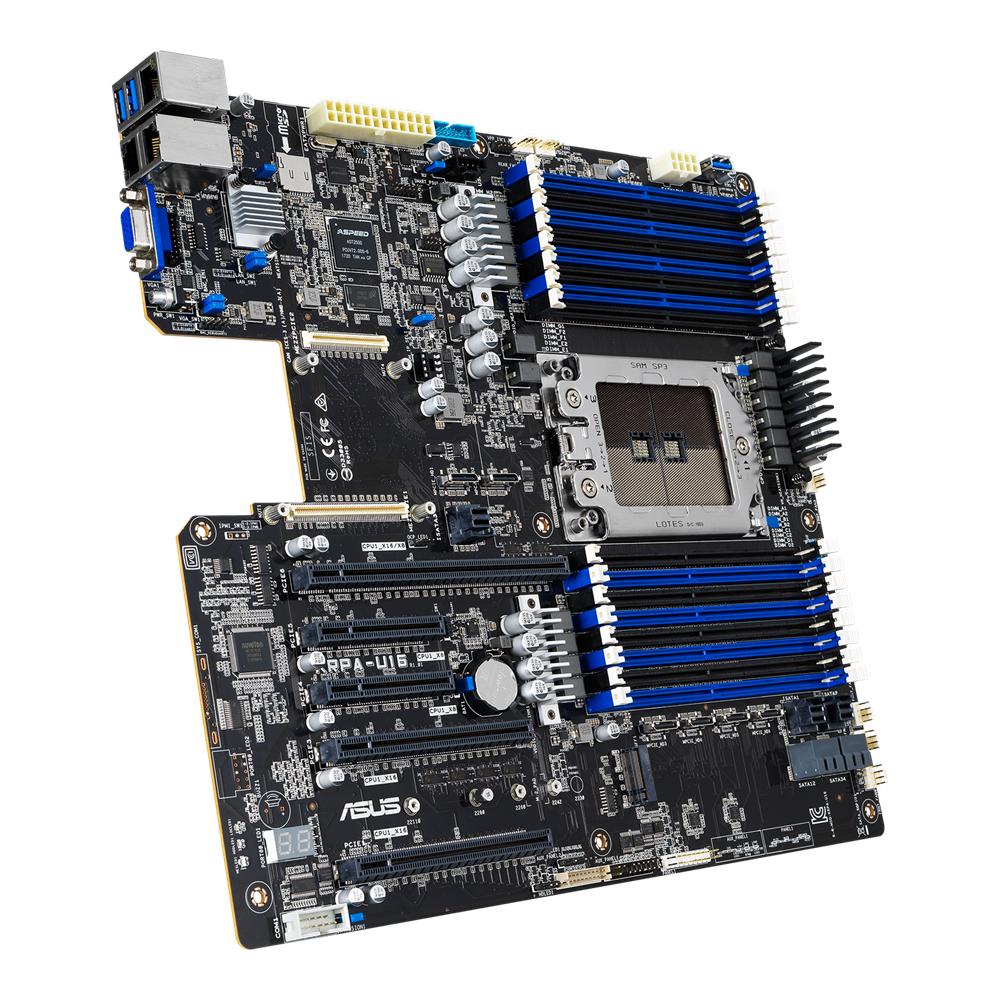
What Is a Server PCB?

What Is a Server PCB?
Printed circuit boards are used in computers, mobile phones and other electronic devices. They connect and enclose a variety of components, including memory, processors, storage and networking.
The server PCB market is expected to expand due to increased demand for cloud computing and data storage. However, disruptions caused by the Russia-Ukraine War and Post Covid-19 Pandemic may negatively impact the market.
Printed Circuit Board
A printed circuit board (PCB) is a computer component that is used to connect electronic devices and components. They are manufactured by several different companies and are primarily used in computing servers, industrial servers, and storage servers.
A PCB contains copper layers that conduct current and help dissipate heat. They also contain holes that support the component leads and conductive pads, which are used to attach the components to the board.
The circuits on the board are designed using computer-aided design (CAD) software. They are then transferred onto a copper-clad board using a photolithographic process.
When the design is complete, the PCB is sent to the assembly line. The components are attached to the board using through-hole or surface-mount technology. The components are held in place by holes surrounded by conductive pads or solder paste.
Initially, PCBs were manually designed by placing a photomask on a clear mylar sheet. The photomask was then traced to connect the component pins. Rub-on dry transfers of common component footprints increased efficiency.
In later stages of development, a multilayer PCB was developed that included the signal traces, power traces, and ground traces. This technique helped reduce the number of wire connections required, making it possible to produce smaller boards.
The layout of the components is determined based on the schematic and the requirements for the board. The traces are then routed around the components. The width of traces and the spacing between them is determined by the current carrying capacity of each trace.
This is a critical factor in designing the board. The more the traces are wide, the less heat is produced because the current flow through them is spread out over a larger area.
Another key design consideration is the copper thickness. A copper layer that is thicker than three ounces per square foot is called heavy copper. This is often used for high current or to help dissipate heat.
The market for Server PCBs is expected to grow in the future due to technological advancements and changing consumer preferences. However, there are certain challenges that can affect the growth of this industry. These include the Russia-Ukraine War and the Post Covid-19 Pandemic. These disruptions can negatively impact the market. Nevertheless, the market is expected to rebound in the long term.
Motherboard
A motherboard (motherboard) is the circuit board that Server PCB distributes electricity and facilitates communication between different electrical components in a computer. It is typically made of fiberglass and copper and is located inside the machine’s chassis.
The motherboard is also the place where the CPU is installed. It is important that your motherboard is compatible with your CPU. It will help your computer run better and last longer.
Most motherboards are manufactured in China, where there is a huge demand for them. But there are some brands that have production bases in Ciudad Juarez, Mexico and Ostrava, Czech Republic.
In addition to the CPU socket, a motherboard will have a number of other connections. These include the IDE connector, which is used for hooking up floppy disks and HDDs.
You will also find a number of PCI-E slots, which are used for adding extra cards such as video cards, network cards, and PCIe SSDs. They are typically located in the bottom half of the motherboard below the CPU socket.
Another important component of a motherboard is the BIOS. This software manages the data flow between the CPU and peripheral devices such as USB ports. It also ensures that the processor can access information stored in RAM to boost efficiency.
Other features of a motherboard include input/output ports, card slots, and sockets. These are used for connecting external devices such as printers, scanners, and phones.
The motherboard can also be equipped with a built-in Baseboard Management Controller (BMC), which allows system administrators to out-of-band (OOB) monitor Server PCB and manage their server’s performance without permission from the operating system.
Usually, a motherboard will have a heat sink and a fan to manage the heat that is created by the CPU and other hardware. This is necessary to keep the computer running properly and to protect the parts of the motherboard from damage due to high temperatures.
Motherboards can also be designed to incorporate many functions on a single printed circuit board (PCB). These include memory controllers, network interface cards, power supply units and other internal connections. In some cases, these integrated features may also include video display and sound capabilities, as well as external device interfaces like SATA and USB.
Processor
The processor (or CPU) on a server PCB is a central component that performs the calculations needed to complete a server’s primary workload. Its ability to complete these calculations can determine whether a server can power resource-intensive applications or serve up files and resources to many computers at once.
When choosing a CPU for your server PCB, it’s important to understand the specific needs of your application and your budget. For instance, you may want to consider a scalable server processor that offers a high amount of performance and a high degree of efficiency at a low cost. Or, you might prefer a processor with an advanced cache architecture, allowing it to process data faster.
A high-end CPU also provides error-correcting code (ECC), a technology that prevents memory corruption through automatic detection and correction of errors. This is particularly useful for military and industrial applications, where data integrity is vital.
In addition to a CPU, a server motherboard typically features an array of other components, including a chipset and a host of RDIMM sockets, each designed to accommodate an individual memory module. You’ll also find a large number of PCIe slots, which are used to attach a range of additional hardware, from networking devices to high-end graphics cards.
While there are a lot of server PCBs on the market, what sets a good one apart from a bad one is its flexibility and compatibility with other components. The right CPU socket, for example, can allow you to swap out your processor if necessary, enabling you to upgrade to a newer model with more cores.
A good server PCB will incorporate the latest technologies, such as high-speed memory and a smart design that helps it communicate with the rest of your system. It will also boast features like error-correcting code RAM and an impressive slew of RDIMM slots, which is essential for high-performance computing applications. In short, a good server PCB is the foundation of your computing success.
Memory
RAM (Random Access Memory) is one of the most important parts of a Server PCB, because it provides fast access to data. It also allows a variety of applications to run at the same time. This is why it’s important to choose the right memory for your specific needs.
There are many different types of RAM, each with its own features and capabilities. The best option for your business depends on the type of work you’re trying to do, and the amount of data you need to store.
DDR and SDRAM are the most common forms of memory found in a server, both of which can support speeds up to 1.5 Gb/s. These memories are packaged into DIMMs, which can be soldered to the motherboard. These modules come in a wide range of capacities, and can be loaded with any number of DDR or SDRAM chips.
These modules can be divided into single-rank, dual-rank, and quad-rank memory. In addition, they can be equipped with a higher density, known as ECC memory.
A memory rank is a block of 64-bit data areas that are created by some or all of the memory chips in a module. Depending on the system, these blocks can be single-rank, dual-rank, or quad-ranked.
Having more than one rank on the same module can cause issues, especially during read cycles. This is why DDR4 implements write leveling solutions that allow the memory controller to detect and adjust the delay in data lanes to perfectly match with the clock/address signals.
Another key feature of DDR4 is fly-by routing, which reduces reflection. In this method, the clock (and address) signals for each memory IC begin at the controller and are then routed to all the DRAMs in parallel. The DRAMs are then connected to the main channel via a short stub.
Finally, DDR5 supports buffer chip DIMMs, which enable the use of densities of up to 64 GB. This can be used to increase the memory capacity of a server, making it easier for a business to expand its capacity without increasing costs.




